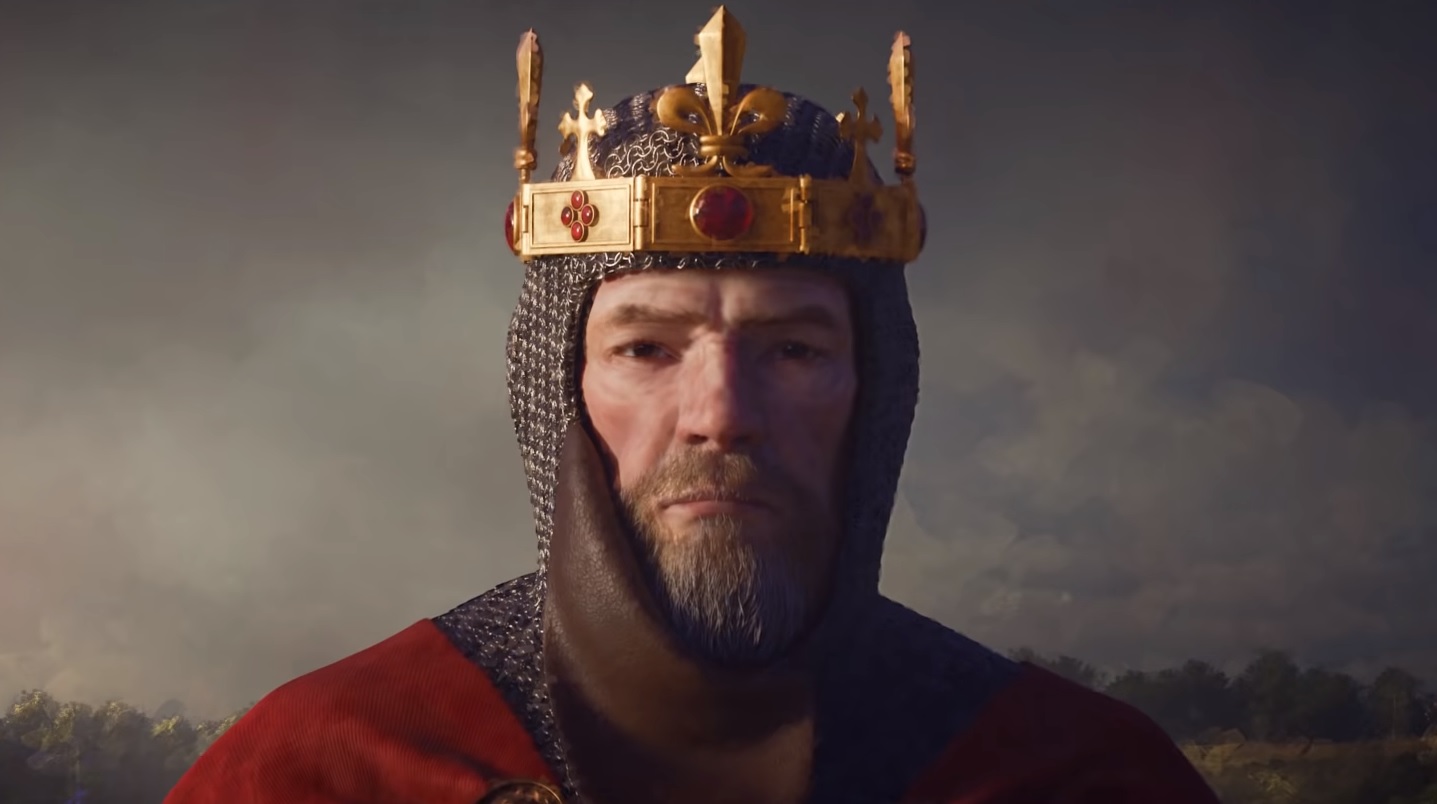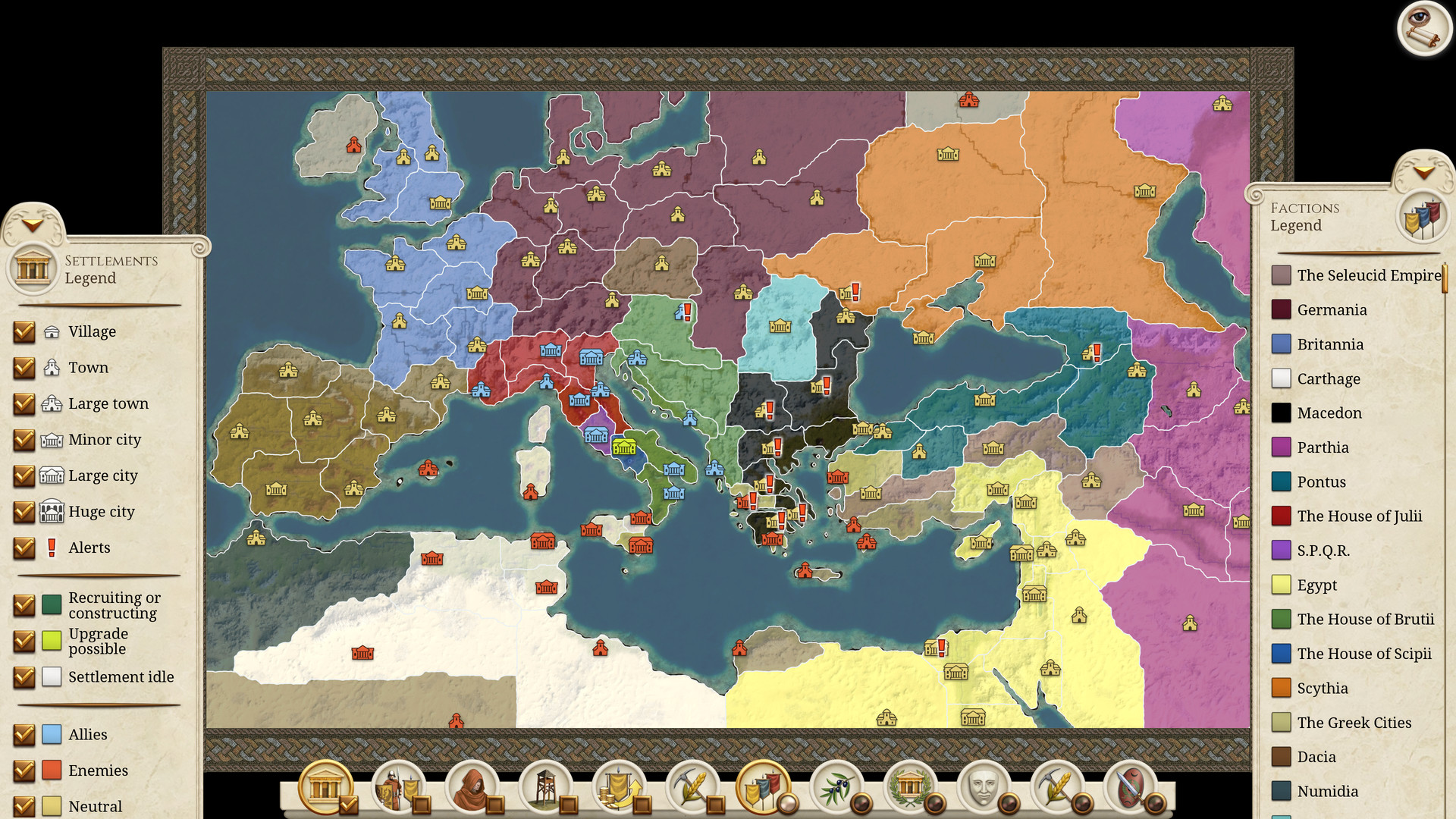Total War: Rome Remastered is a great update but can't compete with modern strategy games
It's the best way to play this classic Total War, yet it still shows its age.


For more big maps and clashing armies, take a look at our list of the best strategy games on PC. It's regularly updated, so maybe you'll find something new.
For years, Rome: Total War was my favorite game in the series, striking a balance between being a piece of entertainment and an exercise in history. Total War: Rome Remastered brings back what I'd call the first truly great Total War game for the modern era, updating much of its outdated UI and scaling it up to 4K. It'll be a trip down memory lane for those who loved the original game, and a more palatable retro experience for modern Total War lovers. But it can't quite compete with its modern counterparts.
As a remaster, a lot of attention is going to be given to how it looks and sounds, but what you really get out of this remaster is how it plays. The old Rome: Total War didn't always play well with modern hardware. The new one does quite well. The somewhat-aged rig I played it on was able to chop along at maximum settings and peak unit sizes quite happily, with no stuttering in even the largest battles.
That's not to say the graphics or sound are lacking. The music especially is much higher quality than the old game, and whatever magic was worked there has revitalized one of the best soundtracks of an entire era. The graphics? Well, they're a remaster. Not a remake. They're better by leagues, with lots of sad building models getting remade, especially on the campaign map, but they're nothing compared to any modern Total War. The battles especially just look lackluster because the battlefields are so bare of features. I think the best compliment I can give is that, with the changes made, the graphics look as good as nostalgia says they looked 17 years ago.
What hasn't changed with age is how good the Rome: Total War strategic layer is, and the revamped campaign map does a lot to highlight the simple-yet-deep empire management. The early Total War system of settlement population does all the strategic heavy lifting, asking you to choose between upgrading infrastructure for population growth and long-term income, upgrading trade for pure cash income, and building military structures for access to new units. Oh, and when you recruit units that population goes down, hampering your percentage-based long term growth. The choices are well-served by a new UI outlining the building tech tree.
Adding to this is a new set of screens for the world map, letting you get access to information about the campaign world state at a glance, which could be a chore in the original Rome: Which settlements are biggest? Where are the resources? Who do I border?
A simpler time
It's a large-scale strategy game that for its time was huge, but it's pretty small by modern standards. It has fewer unique factions, even with unplayable ones unlocked by the remaster, than modern games. The simplicity ends up being a real strength, however. Pick a faction, learn a handful of little towns scattered around the map, go conquer. It's just more bite-size and rewarding over shorter periods than any modern Total War.
With two huge campaign setups between the original game and the Barbarian Invasion expansion, there are a lot of ways to conquer the ancient and early medieval worlds. There's also the Alexander campaign from that expansion, if you want a more streamlined experience. It's a lot of value for money.
Keep up to date with the most important stories and the best deals, as picked by the PC Gamer team.
Making these old campaigns easy and quick to play with a much-updated user interface is where Total War: Rome Remastered really, really shines. The controls are pretty shiny too, with a modernized suite of hotkeys and mouse control standards that incorporates over a decade of innovations. Where Rome Remastered doesn't shine? The real-time tactical battles. They were great in 2004, but today's standards are much higher. They're just clunkier, simpler, and less dynamic than you want them to be.
Modern Total War games have decided to emphasize unit model quality over scale, but Rome Remastered thankfully does not make this mistake. Modern Total War games, take note: Epic scale units rule. There is nothing quite like ordering around a full 160-man stack of legionaries, or a blobbed horde of 300 screaming, half-naked Gauls.
The AI tries hard, but it's still just as easy to trick it out of position or hoodwink it with obvious feints. There's a complexity to the interaction of unit types that's very fun when it shows up, but the campaign AI just isn't very good at producing armies of higher-tier units for you to fight. The featureless battlefields don't help, and were the finger on the scale that made me click the autoresolve button more often than not.
Rome's vanilla campaigns and battles aren't all it offers, of course. One of the big draws here is going to be the modding. Many mods for the original Rome were worked on for over a decade post-release, and Rome Remastered is promised to be just as moddable as the original and to have new features like a more moddable campaign map, potentially opening the door to a new wave of more elaborate mods.
The result is a competent remaster and the best way to play this classic Total War, but it still can't compete with its modern heirs.
Jon Bolding is a games writer and critic with an extensive background in strategy games. When he's not on his PC, he can be found playing every tabletop game under the sun.




